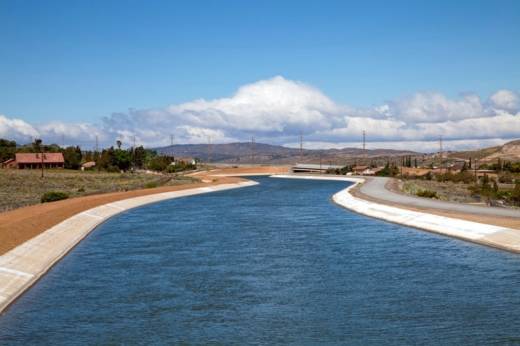California voters appear to be rejecting a multi-billion-dollar borrowing plan for a grab bag of water projects.
Proposition 3, an $8.9 billion water bond, was failing late on Election Night by a 52 percent to 48 percent margin.
The largest share, more than $2 billion, would have gone to protecting watersheds through land restoration, including in the Sierra Nevada, San Francisco Bay and Southern California.
Other projects include water conservation programs, water recycling and funding to improve drinking water quality. The bond would have provided $675 million for groundwater management and another $200 million to underwrite repairs at Oroville Dam.
But the deal breaker might have been the $750 million for repairs to the Friant-Kern Canal. The federally owned project carries water to Central Valley farms. Growers in the area have overpumped the area’s groundwater, causing the land to sink and damaging the canal. It’s lost 60 percent of its capacity to deliver water to farmers.

